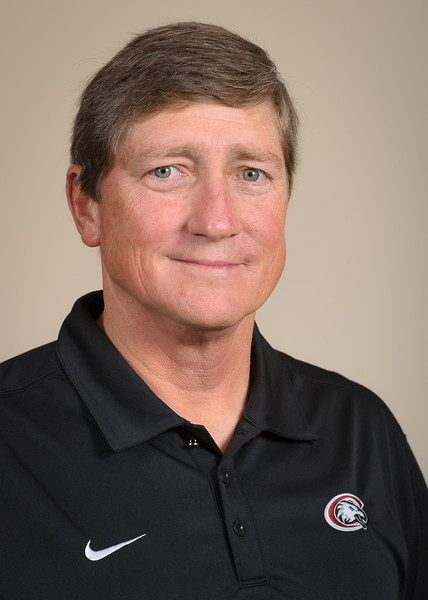Bolze: 'Conservation can improve soil health and food production'

Dr. Ron Bolze, associate professor in the applied sciences department, spoke at the first Graves Lecture Series program last Tuesday.
He told the audience he hoped his presentation, "Agriculture: Production or Conservation," would be thought-provoking and spark a rousing discussion.
Bolze said the innovations of Dr. Norman Borlaug, the Father of the Green Revolution, in the late 1940s and 1950s included irrigation, nitrogen fertilizer and the development of a dwarf wheat variety that, unlike other varieties, could remain upright instead of lodging after the application of nitrogen.
“His biotechnology approaches are credited with saving the lives of hundreds of thousands in the developing countries of Mexico, India and Pakistan,” Bolze said.
Bolze, who grew up on a small dairy farm in Pennsylvania near his grandfather who was one of the first in the area to adopt contour farming to reduce erosion, pointed out that future ag production cannot be based on the false assumption that water is an unlimited natural resource.
In addition to discussing dwindling resources, Bolze asked the audience to consider soil erosion caused by water and wind as well as water pollution linked to fertilizers. Bolze displayed an artist’s rendition of a dead zone or algae bloom in the Gulf of Mexico likely due to nitrogen fertilizer runoff. The bloom takes oxygen out of the water and represses normal aquatic life, according to Bolze.
His slide show also included photos of the country’s largest feedlot, JBS Five Rivers in Colorado, which has a total capacity of about 1.3 million cattle.
Regarding the issue of climate change, Bolze provided a review of the practices of Gabe Brown, a Bismarck, North Dakota, farmer who has increased production using conservation practices. Brown spoke at CSC in November 2013.
Brown grows four types of plants in his cover crop mix: cool season grasses, cool season broadleaf plants, warm season grasses and warm season broadleaf plants, all growing at the same time.
Mob grazing is another conservation technique promoted by Brown. It involves a small number of cattle in a small area, moved every day or even more than once a day. The intention is that the livestock only eat one third of the plant material and then trample the other two thirds, returning organic nutrients to the soil through their hoof action.
One tablespoon of healthy soil from Brown’s farm has more micro flora in it than there are people on the face of the earth, according to Bolze.
Bolze said the organic material in undisturbed grassland in many parts of the Panhandle contains 5-6 percent carbon, compared to less than 1 percent in land that has been repeatedly tilled. Bolze is in favor of no-till methods championed by Brown because they can hold carbon in the soil instead of releasing it into the atmosphere.
The next Grave Lecture Series program Oct. 7 will feature Dr. Kinbacher speaking about life in the Roman provinces.
Category: Campus News, Graves Lecture Series, Range Management, Sandoz Society
